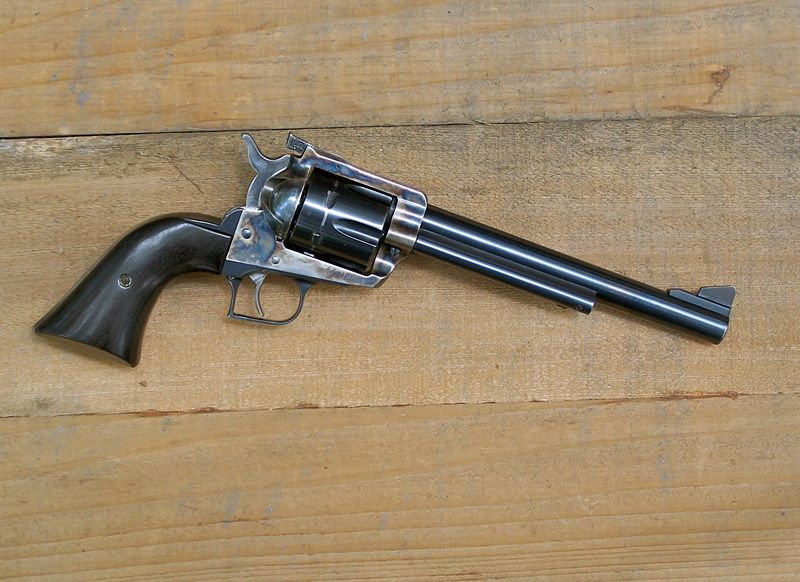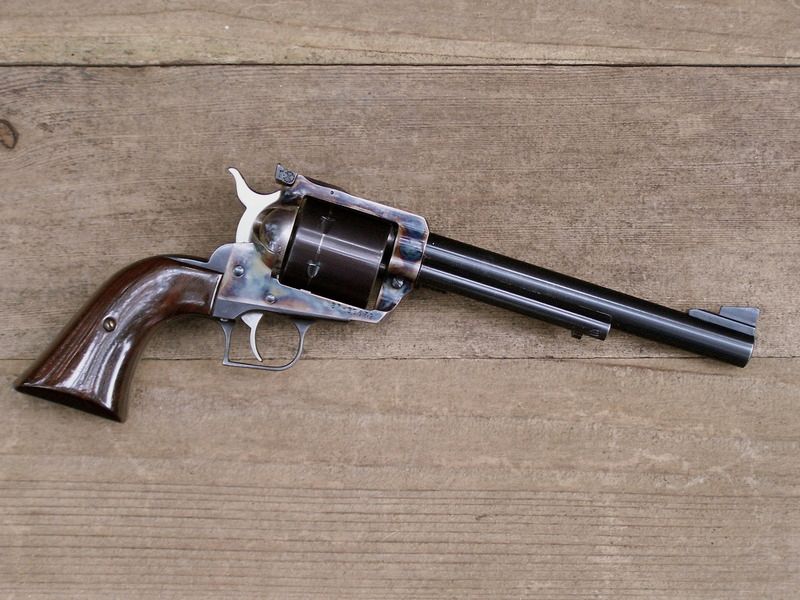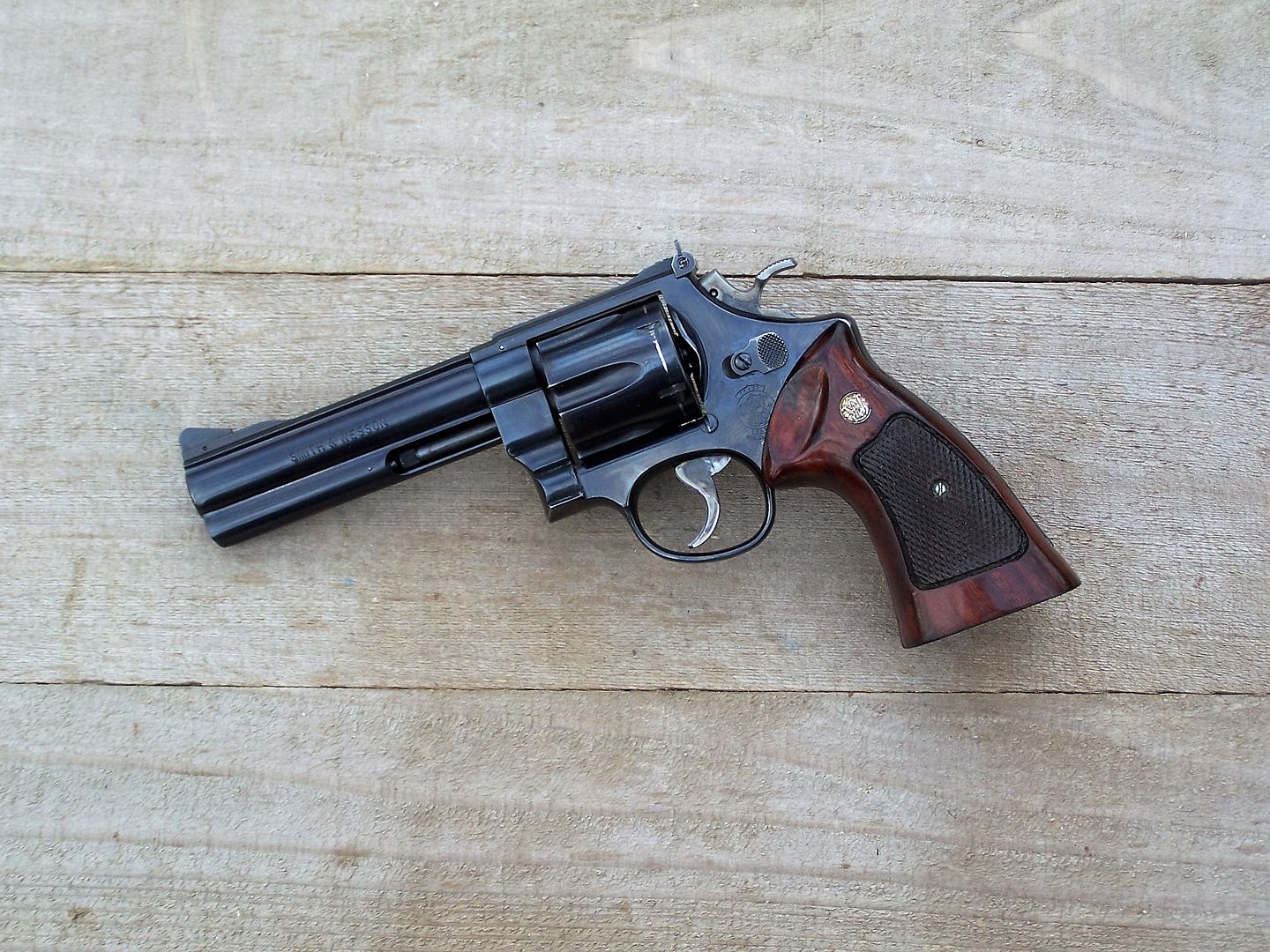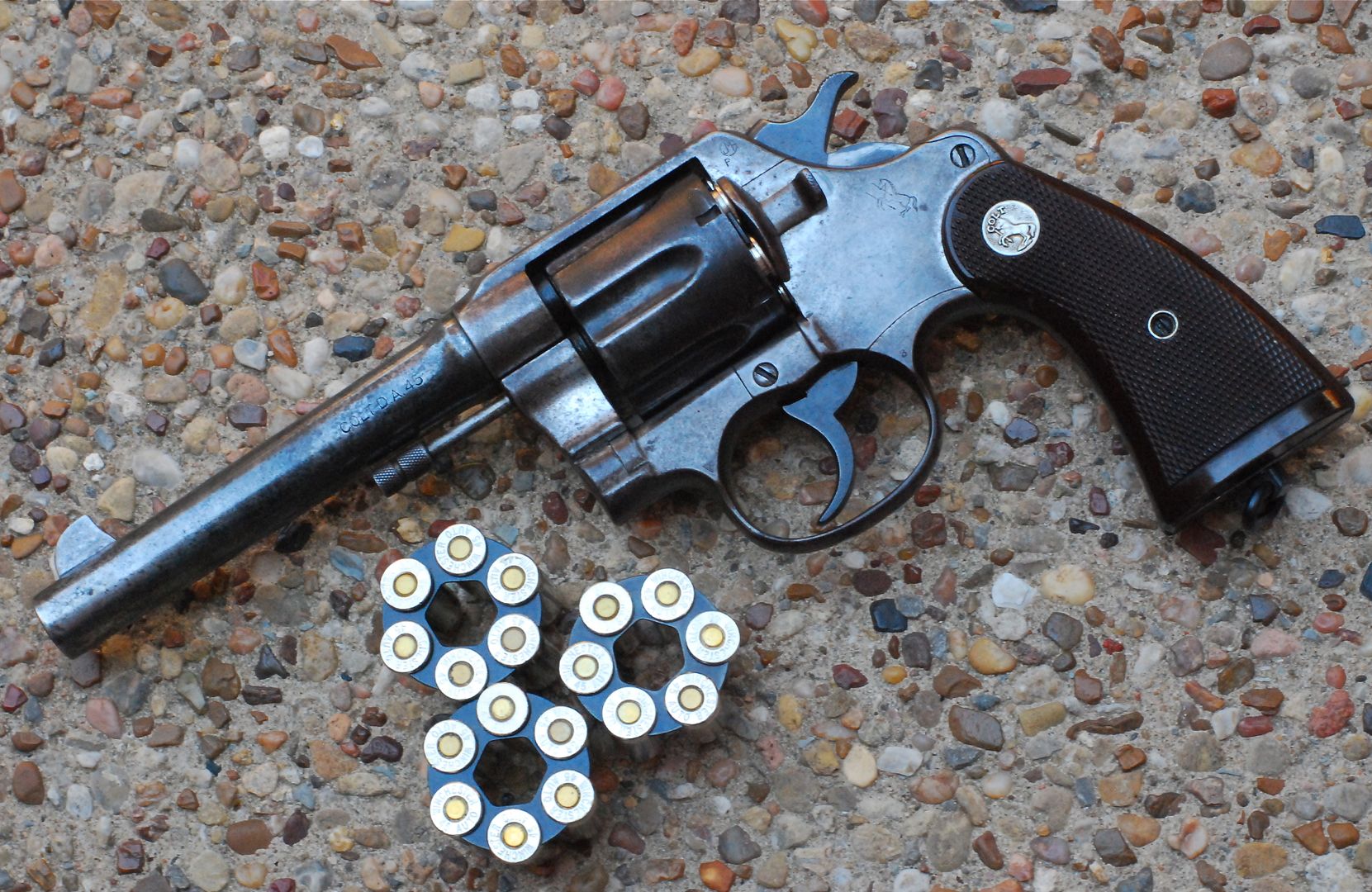I took my S&W 29 4" and S&W 586 6" to the range today. I don't usually shoot them at distance, and rarely with full power magnum loads. I wanted to be sure they were sighted in with full power loads as far as I could.
The indoor range I was at only goes to 15yds, so that was my distance. I loaded the 29 with 240gr magnum rounds and the 586 with 158gr magnum rounds.
I forgot my shooting gloves, so I wore my leather work gloves. They seemed to work fine for the job.
I launched 25 rounds through the 29, and I only stopped due to the cost of shooting it! I had it dialed in perfectly at the max distance of the range. I can't wait to get it out a bit farther.
I switched to my 586 and it was already dialed in perfectly, blowing the centers out of the targets. I then switched to some .38spl loads I brought and played around with what amounted to squib loads compared to the big magnums!
I want to see about making the front sights more conducive to shooting longer range. I was thinking about adding a fine vertical line to the front site post. What other options are out there?
The indoor range I was at only goes to 15yds, so that was my distance. I loaded the 29 with 240gr magnum rounds and the 586 with 158gr magnum rounds.
I forgot my shooting gloves, so I wore my leather work gloves. They seemed to work fine for the job.
I launched 25 rounds through the 29, and I only stopped due to the cost of shooting it! I had it dialed in perfectly at the max distance of the range. I can't wait to get it out a bit farther.
I switched to my 586 and it was already dialed in perfectly, blowing the centers out of the targets. I then switched to some .38spl loads I brought and played around with what amounted to squib loads compared to the big magnums!
I want to see about making the front sights more conducive to shooting longer range. I was thinking about adding a fine vertical line to the front site post. What other options are out there?





